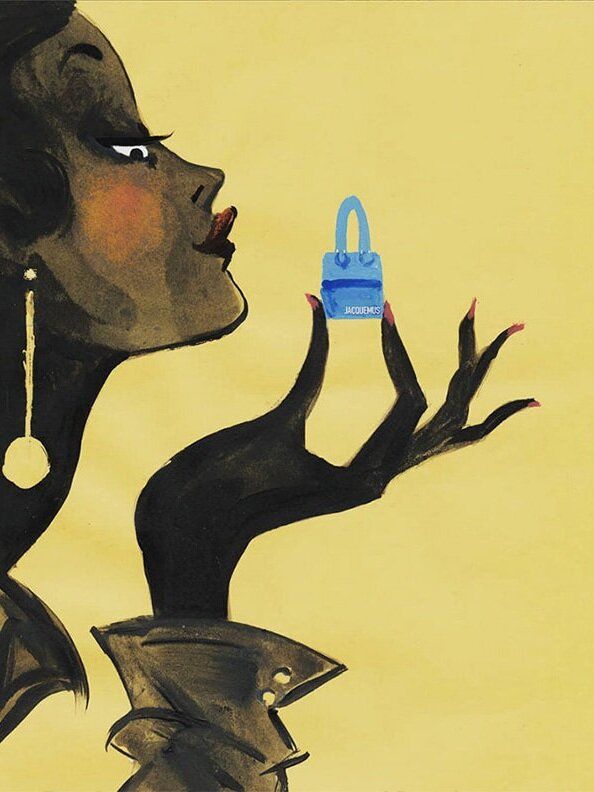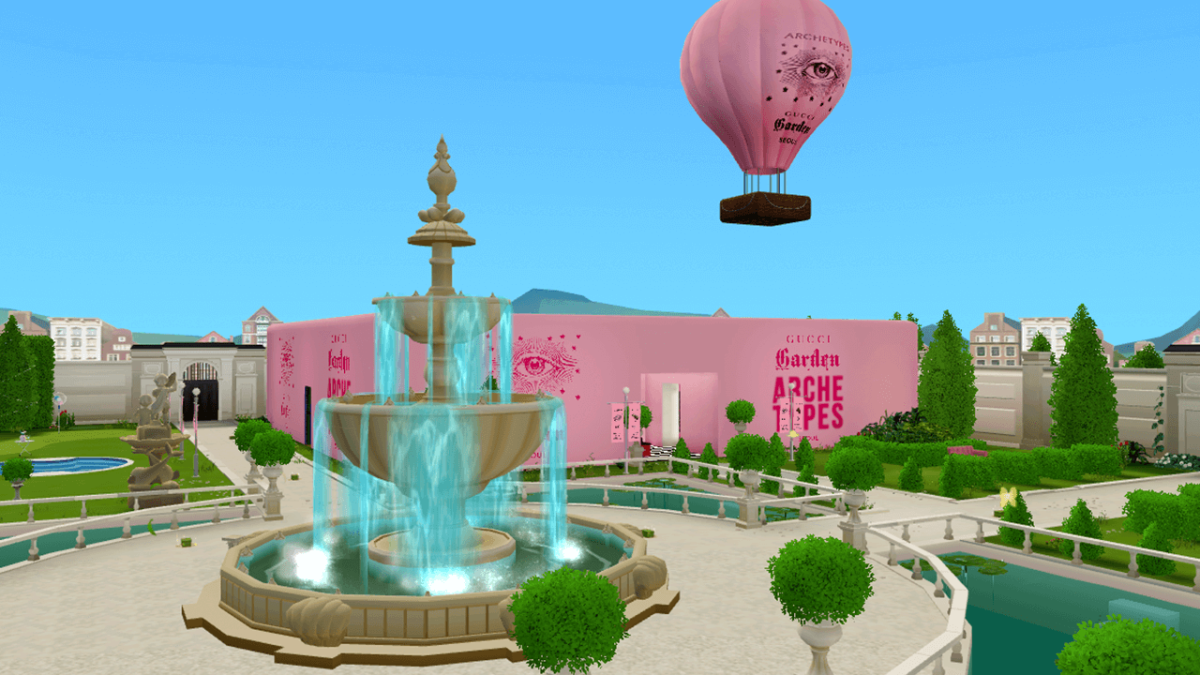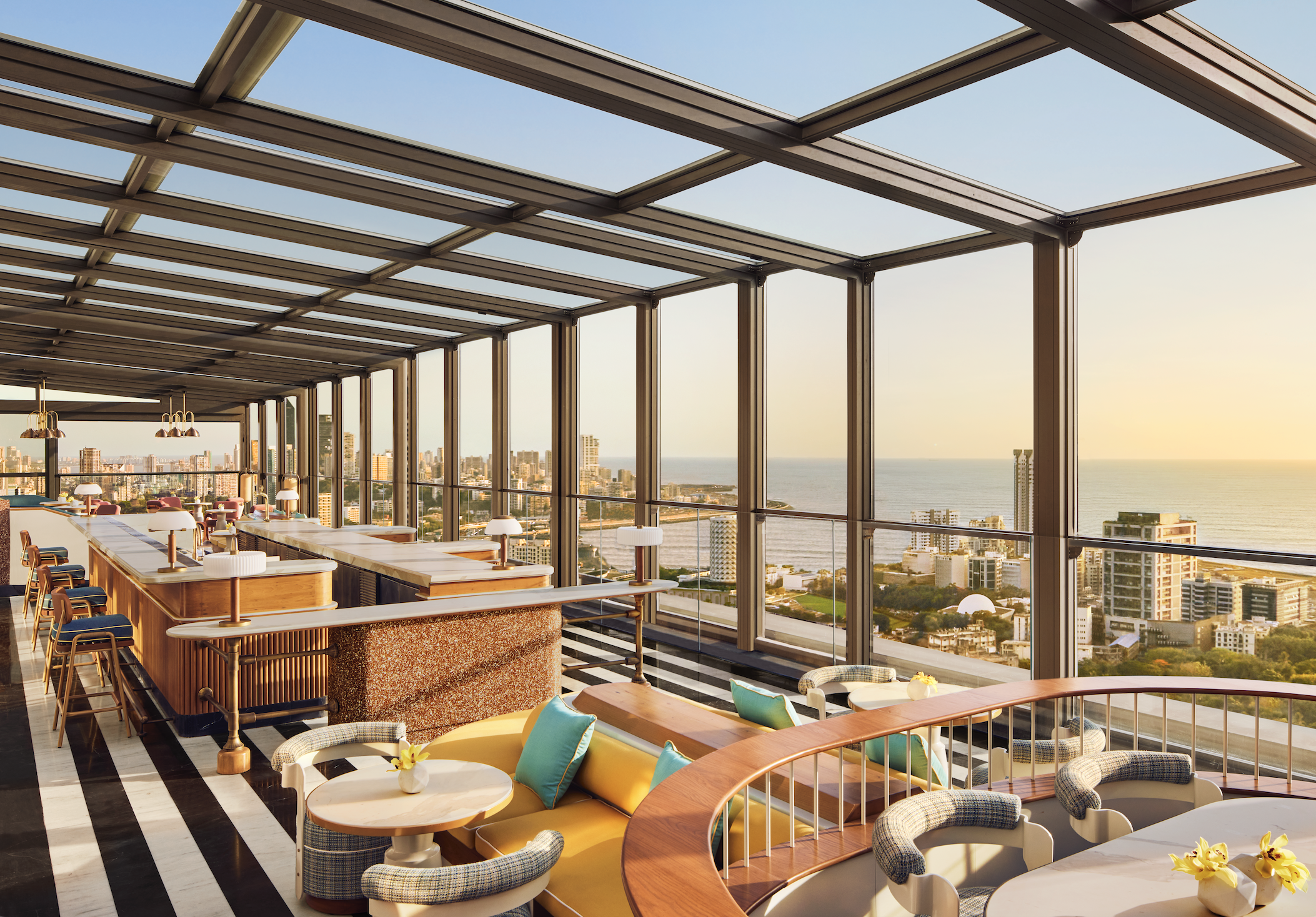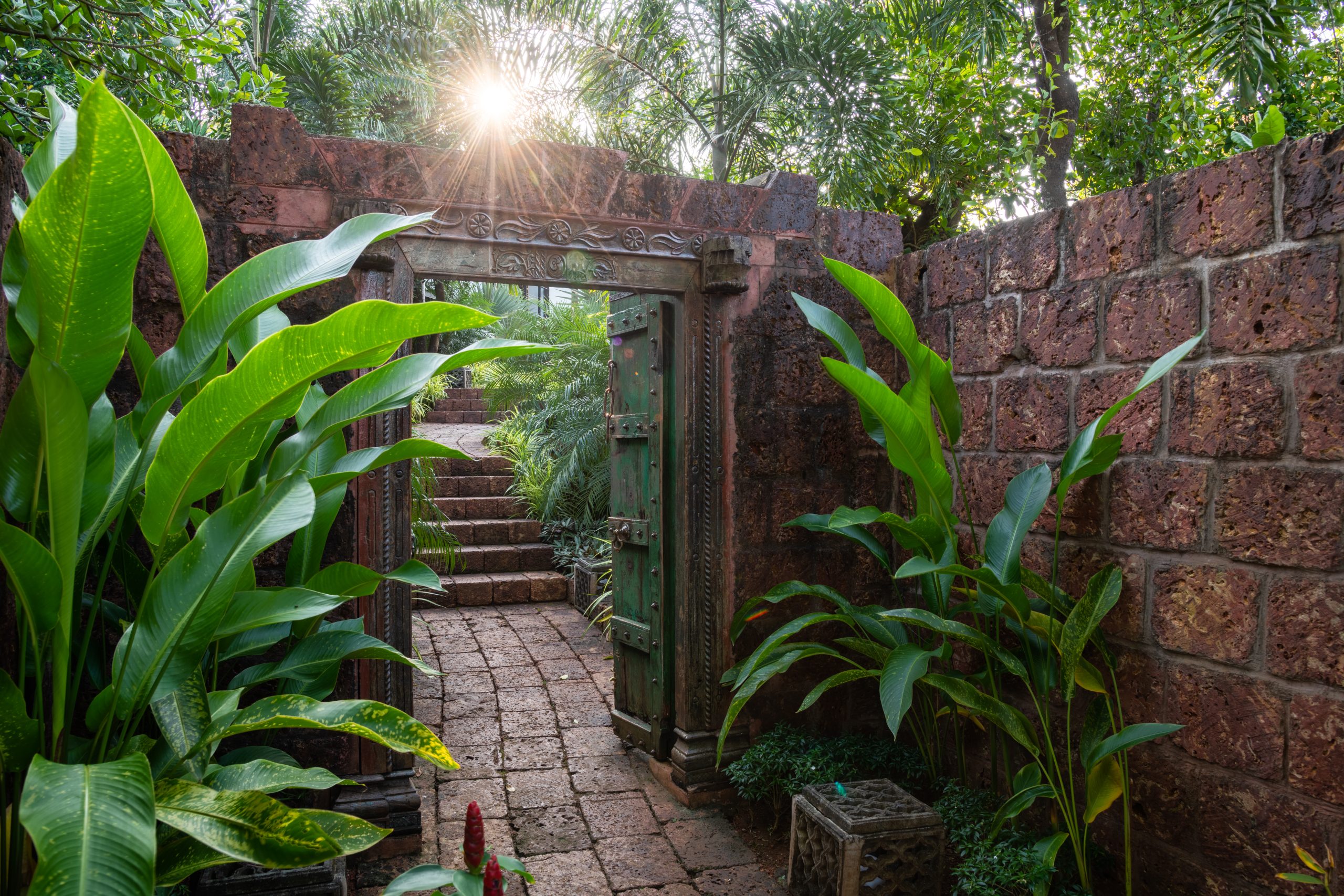Conversations on the sartorial crafts in India have always centred on the deep hues of indigo, the jewel tones of Benarasi, the spirited lines of kalamkari, the intricacy of ajrakh, the brilliance of ikat, and so on. Ladakh’s rich craft history has gone ignored for far too long. Its stark, striking landscape is lore but the homegrown brand Namza Couture is changing this notion. Namza reintroduces us to this region, its storied histories through their clothing. An important stop along the great Silk Route, Ladakh was a place for the transit, trade and exchange of materials, ideas and aesthetics. Here, garments were of rich textiles, gold-thread embroidery, and vivid colours made by skilled artisans and craftspeople.
Drawing from Ladakhi heritage, woven gold threads make special appearances
We might have missed this quiet, important work if Sonam Sonam Kapoor Ahuja hadn’t turned the spotlight on this fashion brand when she cocooned herself in a traditional Ladakhi ensemble. The style icon and actor stepped out in a pistachio green brocade Mogos, a robe-like garment, draped in a rani-pink Bok, an embroidered shawl.
Her brilliantly beautiful outfit was designed by Namza Couture, started by the design duo Padma Yangchan and Jigmet Disket in 2016 “to celebrate the unseen, the intricate traditions, stories, and craftsmanship” of Ladakh. “When Sonam Kapoor Ahuja wore Namza, it brought us into the spotlight in an entirely new way. She has an incredible sense of style, and seeing her choose our work, and carry it so gracefully, changed my perception of how much influence someone like her can have. I wasn’t fully aware of Bollywood’s power until then. But it made me realise: visibility creates impact,” Yangchan says.
Being thrown into the spotlight is a far cry from their simple beginnings nearly a decade ago. The birth of Namza in 2016 was just “two women, one idea, one café table,” Yangchan remembers — and the rest followed. She and Disket met for a casual conversation at a café, when Disket brought up her dream to work with pashmina and asked if Yangchan could take up the design. “That one conversation was enough. We decided, right there, to give it a shot,” she says. They started doing their research, exploring the possibilities, and speaking with artisans. “It wasn’t planned but it felt right — a mix of instinct, friendship, and a shared love for our culture. That spontaneity is what gives Namza its soul,” she adds.
Namza’s design language, while “deeply rooted in the historic and cultural tapestry of the Silk Route” doesn’t seek to revive alone but also “reinterpret the cultural essence of Ladakh and the Silk Route in a way that resonates today: luxurious, rooted and timeless.” Yangchan points out that their inspiration, the Silk Route, wasn’t just a trade network but “a cultural bridge connecting diverse regions, artisans, and aesthetics” which frees them up to relook at these influences through a modern lens. In executing their contemporary interventions, she says that while Namza acknowledges “the deep beauty and intelligence that already exists in traditional Ladakhi patterns and silhouettes” they reinterpret them “through modern tailoring and construction techniques.” They might take elements from traditional robes and reimagine them with updated cuts “that appeal to a more global audience while still retaining their original essence.” While silhouettes and styling might lean towards the modern, they’re committed to working with natural dyes because “there’s an honesty and timelessness in nature’s palette that we want to preserve and showcase,” she explains. “The beauty truly lies in what’s already there — in the land, in the stories, in the hands of the artisans. Our role [at Namza] is simply to bring that forward, with care and consciousness,” she adds.
Intricate details celebrate an ‘intrinsic luxury’ of Ladakh — its craftsmanship.
Namza pushes back against the critique that their attention to Ladakhi culture and crafts might be “too regional.” Yangchan presents the argument that “every craft in India is regional — that’s the beauty of this country. We are a patchwork of distinct, vibrant identities, each with its own language of expression.” She shrugs off the label of “too regional” and wonders the reason the label is applied to only a few places even though “all craft, across the world, is born of region, of place.” While an affinity for crafts and heritage is often represented as humble or rustic, Namza is determined to change that narrative. “Ladakh’s heritage is incredibly rich, from robes woven with gold threads to ceremonial garments reserved for the elite. This idea of opulence is not new to the region; it’s just not often represented that way,” she says. “The cultures, textiles, and craftsmanship we work with have always held intrinsic luxury, they deserve to be seen and celebrated in that light. We wanted our visuals to reflect the dignity, the elegance, and the grandeur that has always existed in these traditions. By embracing a luxurious aesthetic, we’re also saying that craft is couture,” she asserts. Namza sees itself as a brand that brings history and heritage into a modern, aspirational space “where tradition is not preserved alone but elevated.” They hope this approach to design will “allow for consumers to see themselves in these garments” not just as wearers of craft, “but as carriers of legacy.”
These moves by Namza and the design duo of Disket and Yangchan aren’t going unnoticed, besides Bollywood royalty donning their couture, the brand was awarded with the Nari Shakti Puruskar three years ago. “It felt like a powerful acknowledgement of the work we’ve poured our hearts into. We’ve always given our hundred percent to Namza: collaborating closely with local artisans, reviving lost textile practices, and telling the stories of Ladakh through clothing,” she says. Seeing their effort recognised on a national platform was “deeply moving and validated the brand” but also the people and traditions behind it. “There’s been a shift in mindset on the ground — and that’s beautiful. People in Ladakh are beginning to see the value in what they’ve always done. Once, weaving and spinning were considered winter past-times, done while basking in the sun, with the finished fabrics gifted to family or friends; it was never sold. There was no awareness of their market value or the artistic legacy they were carrying forward,” she adds.
Namza’s beautiful work of honing their designs and celebrating their heritage, over the past nine years, have gotten the crafts and culture of Ladakh appreciated and worn by people across the country which has re-instilled “pride and a sense of purpose — the crafts are no longer just seen as time-pass, it’s livelihood, heritage, and identity,” says Yangchan with a hint of pride.
Words by Joshua Muyiwa.
Photographs by Rahul Bhagel and Wasim Inshaq Malik.









